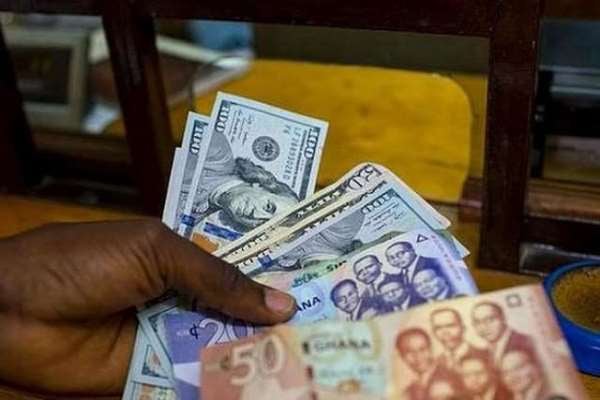The Ghanaian cedi experienced notable volatility against major international currencies on Wednesday, August 6, 2025, reflecting the dynamic interplay of market forces within Ghana’s foreign exchange landscape. Data compiled from Cedirates.com, a prominent platform tracking currency and fuel prices in Ghana, reveals a nuanced picture of the cedi’s performance, with variations observed across different exchange platforms and transaction types. This analysis will delve into the specifics of these fluctuations, examining the cedi’s exchange rates against the US dollar, British pound, and euro across various market segments, including forex bureaus, the Bank of Ghana interbank market, and digital remittance platforms.
The US dollar, a key currency for international trade and finance, saw the cedi trading at an average buying rate of GHS10.53 and a selling rate of GHS11.02. This indicates that individuals or businesses seeking to acquire dollars would, on average, pay GHS11.02 per dollar, while those selling dollars would receive GHS10.53. At forex bureaus, physical locations where currencies are exchanged, the cedi exhibited slightly weaker performance, trading at GHS11.50 for dollar purchases and GHS11.90 for dollar sales. This difference between bureau rates and average rates suggests a premium charged by forex bureaus, likely reflecting their operational costs and profit margins. In contrast, the Bank of Ghana’s interbank market, where financial institutions trade currencies amongst themselves, displayed a more favorable rate for the cedi, with buying and selling rates of GHS10.50 and GHS10.52, respectively. This tighter spread between buying and selling rates in the interbank market indicates greater efficiency and lower transaction costs within the institutional trading environment.
The cedi’s performance against the British pound followed a similar pattern. Forex bureaus quoted an average buying rate of GHS13.74 and a selling rate of GHS14.63 for the pound. This represents a wider spread compared to the dollar, possibly reflecting lower trading volumes and higher volatility in the pound-cedi market. The Bank of Ghana’s interbank rate for the pound stood at GHS14.04, again indicating a more favorable exchange rate for the cedi within the interbank market compared to forex bureaus. Similarly, the euro traded at an average buying rate of GHS12.04 and a selling rate of GHS12.73 at forex bureaus, while the interbank rate was GHS12.22. The consistent disparity between bureau rates and interbank rates highlights the importance of considering the specific exchange platform when assessing the cedi’s performance.
Turning to the digital remittance landscape, platforms like LemFi and Afriex, which facilitate international money transfers, offered competitive exchange rates for remittances from the US or UK to Ghana. For dollar remittances, LemFi and Afriex offered rates of GHS10.45 and GHS10.40, respectively. These rates are notably more favorable than the average and bureau rates, reflecting the competitive dynamics of the digital remittance market and the potential cost savings associated with online transfers. For British pound remittances, LemFi and Afriex quoted rates of GHS13.96 and GHS13.95, respectively, again offering better terms compared to traditional forex bureaus. Similarly, for euro remittances, Afriex and LemFi quoted GHS12.09 and GHS12.08, respectively, demonstrating competitive pricing across multiple currencies.
The analysis of digital subscription payments provides further insight into the complexities of the foreign exchange market. For payments made via Visa and Mastercard for services like Netflix, Spotify, and Apple Music, the exchange rate stood at GHS11.34 for both card networks. This rate falls between the average and bureau rates for the dollar, suggesting that these international payment processors utilize their own exchange rate mechanisms, which may not perfectly align with the prevailing market rates. This highlights the potential for variations in exchange rates depending on the specific payment method and service provider.
In summary, the Ghanaian cedi’s performance on August 6, 2025, displayed a multifaceted picture, with variations observed across different market segments and transaction types. Forex bureaus generally offered less favorable exchange rates compared to the Bank of Ghana’s interbank market, while digital remittance platforms provided competitive rates for international money transfers. The exchange rates for digital subscription payments occupied a middle ground, reflecting the specific pricing policies of international payment processors. These fluctuations underscore the dynamic nature of the foreign exchange market and the importance of considering the specific context when interpreting currency movements. Factors such as market sentiment, supply and demand dynamics, and regulatory interventions can all influence the cedi’s value, highlighting the need for continuous monitoring and analysis to gain a comprehensive understanding of Ghana’s foreign exchange landscape.


